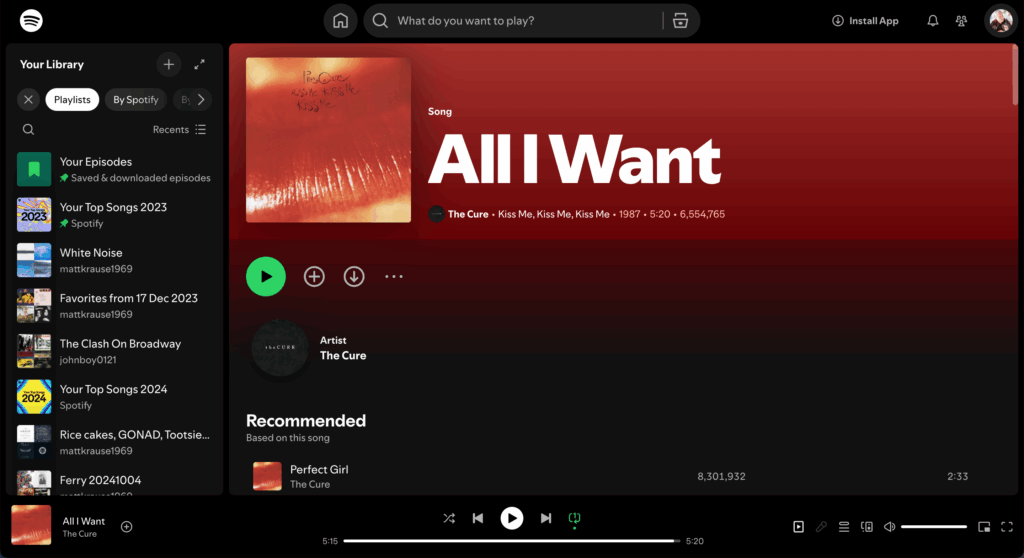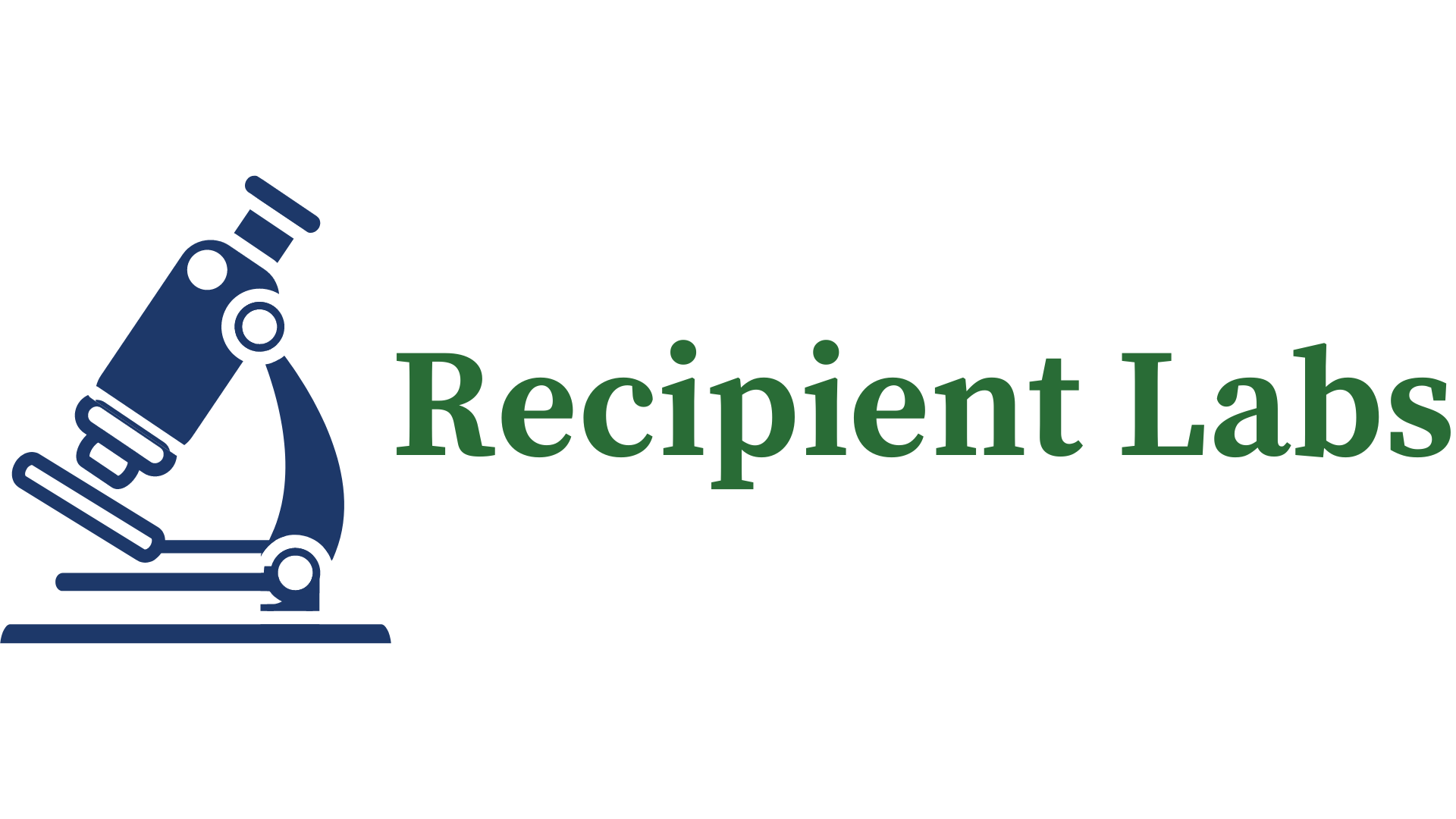The other day, for reasons I can’t quite remember, I ended up listening to “All I Want” a million times over.
“All I Want” is from The Cure’s 1987 album “Kiss Me, Kiss Me, Kiss Me.” By the time it put out that album, The Cure had been around a while. “Kiss Me, Kiss Me, Kiss Me” was a breakthrough album, taking The Cure from niche goth band to one that everyone knew about. The album is filled with poppy love songs like “Just Like Heaven,” but my favorite is the darker and more morbid “All I Want.”
In order to explain why I like “All I Want” so much, I need to take a brief detour into the same process used for making corn syrup, so bear with me a second here…
In 1984, Eliyahu Goldratt published “The Goal,” a book about applying the Theory of Constraints to batch manufacturing in a factory environment.
(BTW, that book has probably the most hideously unattractive cover ever devised by mankind. It doesn’t surprise me at all that not once in my entire life have I met someone else who has actually read the book. It’s almost painful just to look at the thing.)
The gist of the Theory of Constraints is this: The output from a system without constraints would be infinite, meaning every system in the real world is going to have constraints, and therefore the key to improving a system’s throughput is in increasing production at the point of tightest constraint.
Back to that song now. You can almost hear TOC being applied in “All I Want.” The song sounds like the songwriter put the keyboards under a tight constraint (“you only get three notes”) in order to force everything to come out of the guitar (“okay, guitar, it’s all up to you now, show us what you’ve got”).
That got me to thinking, how does this theory of constraints, and the idea that genius shows up when constraints are applied, not removed, apply to presentations?
Here’s how:
If you want your genius to show up in your presentation, you need to put your presentation under some crazy and unnecessarily harsh restrictions.
A good starting place is to artificially constrict the time or words allowed.
Like, for example, if your allotted time is 15 minutes, figure out how to do it in three. Or if you have a budget of a thousand words, figure out how to do it in ten.
In your real life delivery, you may not be under that kind of pressure, but in the development of the presentation, if you’re looking for genius, you need to put it under these kinds of constraints.
An example of this in action is in “The fastest way to say more.”
For those of you who read all the way to this point and are still thinking that what you really want to do is hear that Cure song, I completely understand you, and here it is:

